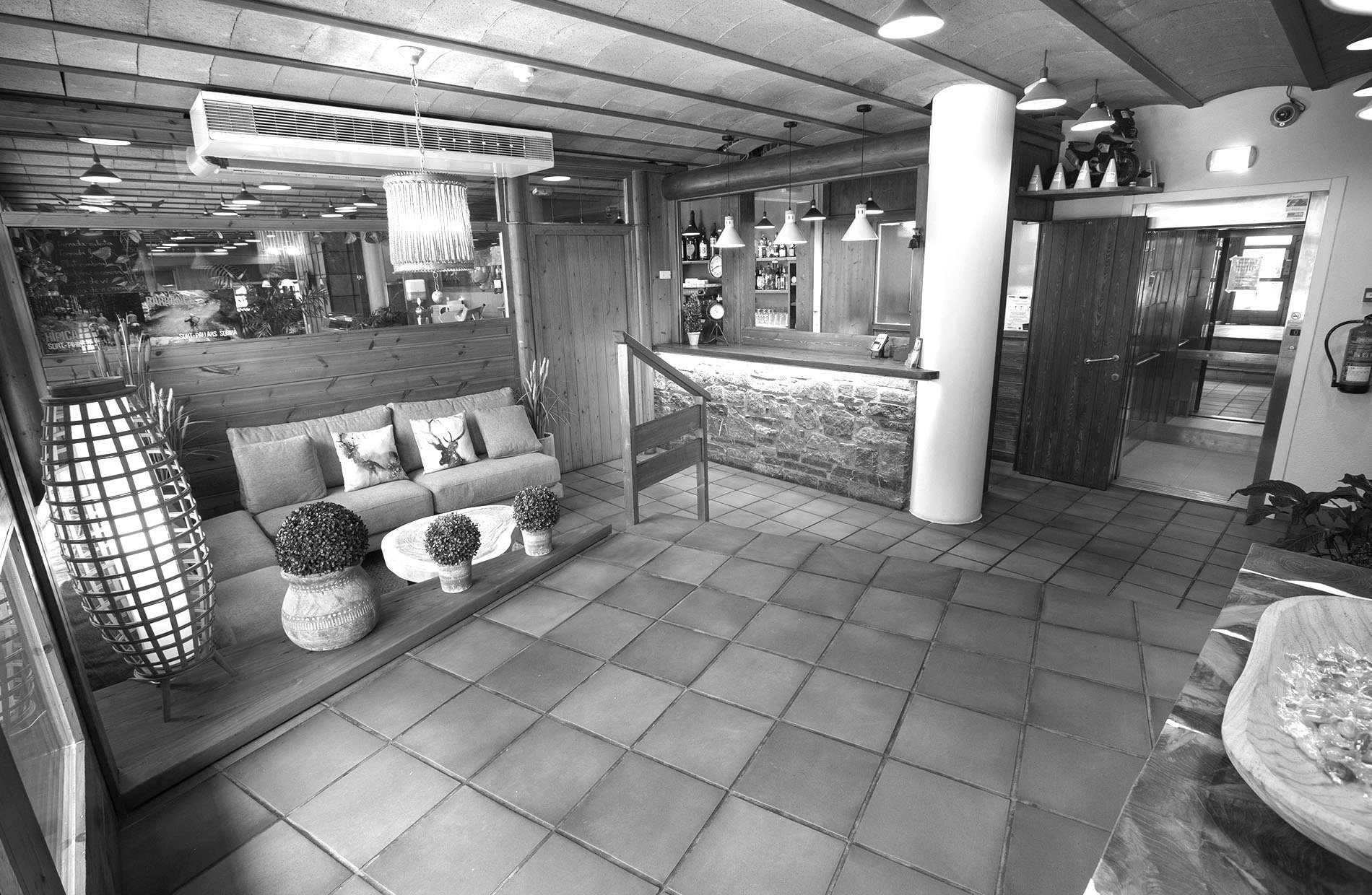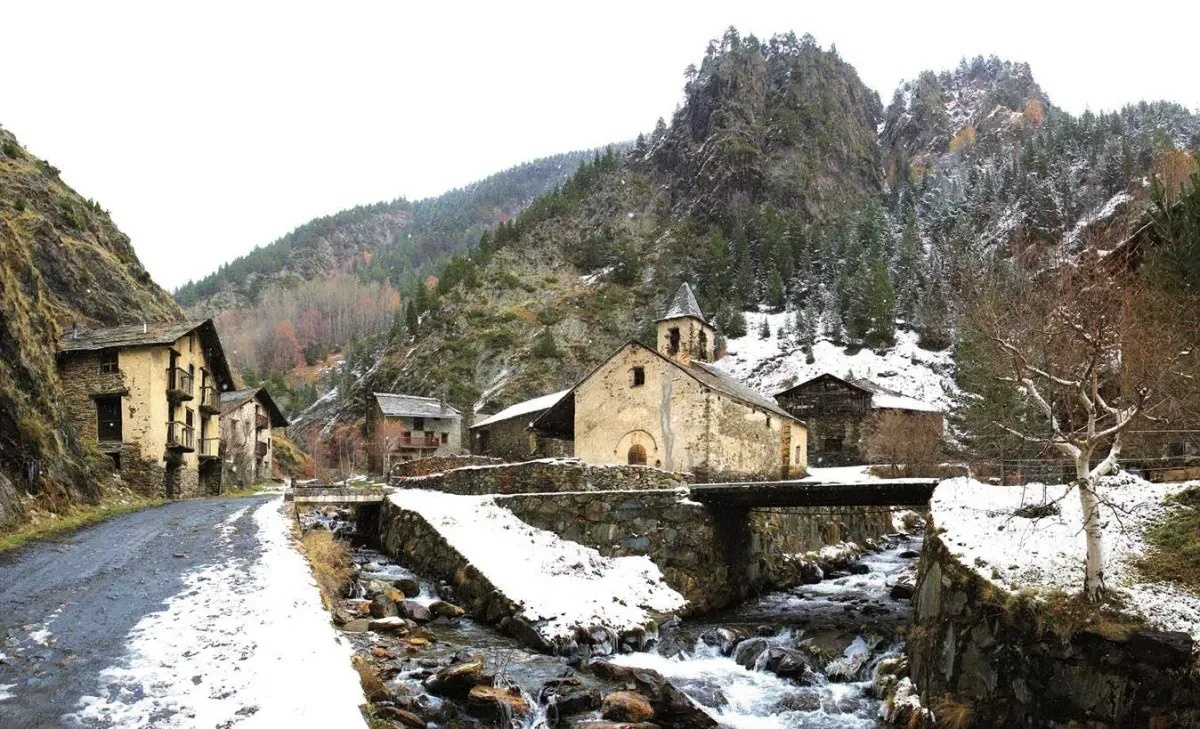The history of the Mountain of Tor is surrounded by mystery; it is, to say the least, busy and curious. In 1986 the 13 families of the town of Tor decide, in anticipation that the State does not expropriate the mountain, to establish a society of co-owners, drafting statutes by which they are governed. Thus, they agreed that it would be the property of those neighbors who kept the fire burning all year round (that is, they lived permanently in it).
Before the civil war, the owners of the mountain, although it is isolated most of the winter and the living conditions in that season of the year are very harsh there, were considered the richest in the area. They had cattle, good pastures and wood, and that was then to be rich. In addition, and despite the isolation and hardness of life, or perhaps precisely because of it, the thirteen families lived together in a good fight.
With the civil war and later, in the post-war period, with the hunger and the dictatorship, a series of circumstances such as the fact that even today up there they lack running water, electricity or telephone lines and are cut off from the most of the winter, it led to the departure of most of the villagers, at least during the colder months. But the trigger that precipitated this abandonment was the burning of four of the houses as a result of the persecution and execution, by the Civil Guard, of some maquis who had taken refuge in the mountains.
In this way, since the statutes expressly indicated the condition of "having the fire burning" all year round to maintain the property, the deals, envy, hatred and quarrels were unleashed in a rampant battle between the three most important houses of Tor, plagued by lawsuits and lawsuits, and sprinkled in turn with several murders, for gaining control and ownership of the mountain.
Josep Montané, "Sansa", and Francesc Sarroca, "Cerdá", the most current patriarchs of two of these strong houses, united only by the cause since old disputes also separated them, they fought with the intention of selling it or renting it to make a complex leisure and ski slopes; the other cacique, Jordi Riba, from the “Palanca” house, just for asserting his right as the sole owner and selling the local wood freely, as well as “managing” the passage of smugglers (which is not even lacking in this history) from Andorra.
Among delirious situations more typical of the imagination of some tragic writer than of real life, "Sansa" and "Cerdá" lease the mountain in 1976, behind the backs of the rest of the members of the co-owners' society, to Rubén Castañer, a real estate agent. Aragonese-Andorran, who walks through "his domains" with two bodyguards. Two years later “Palanca”, associated by circumstances with the other co-owners, rents it to two lumberjacks who will serve as his bodyguard. Thus, the tension is palpable and the tragedy is chewed.
The first murdered, in 1980, were the two bodyguards of “Palanca” at the hands of the two “protectors” of Rubén Castañer when, according to statements by “Palanca”, they tried to kill him, who managed to flee. In 1981, the lawyers of "Sansa" and "Cerdá" filed a lawsuit against the other neighbors for taking over the property of the mountain.
In 1995, the Tremp judge ruled in favor of "Sansa", declaring him the sole owner of Tor on the basis that only he could prove that he lived all year round in the mountain, and leaving out the other litigant with whom he formed a side against “Lever”, “Cerda”. But his reign on Tor would last only five months before he was assassinated.
Finally, after many processes and resources, in 2002, the Court of Lleida issued a ruling stating that the mountain is the property of all the heirs of the thirteen founders. Palanca and the heirs of Sansa present an appeal that is rejected for the last time in 2005 by the Superior Court of Justice of Catalonia, which ratifies the 2002 ruling.
The journalist Carles Porta got fully involved in this adventure from which, as he himself declares, he will never fully come out, when the murder of Josep Montané Baró, "Sansa", and TV3, the television channel for the one who worked, sent him to cover the report to prepare a program for that chain called “30 minuts” –in reference to its duration-. The team did such a magnificent investigative job and produced such a wonderful report that they were awarded the Pirineus journalism award for the report.
Some time after its broadcast, in 2003, Porta received a grant from the Vallverdú literary prizes in Lleida to write a book on the subject, which gave rise to the birth of “Tor, La Montaña Maldita”. An exciting book full of mysteries that presents us face to face with human miseries with a certain dose of humor and great simplicity.
Source: Iberian Magazine







